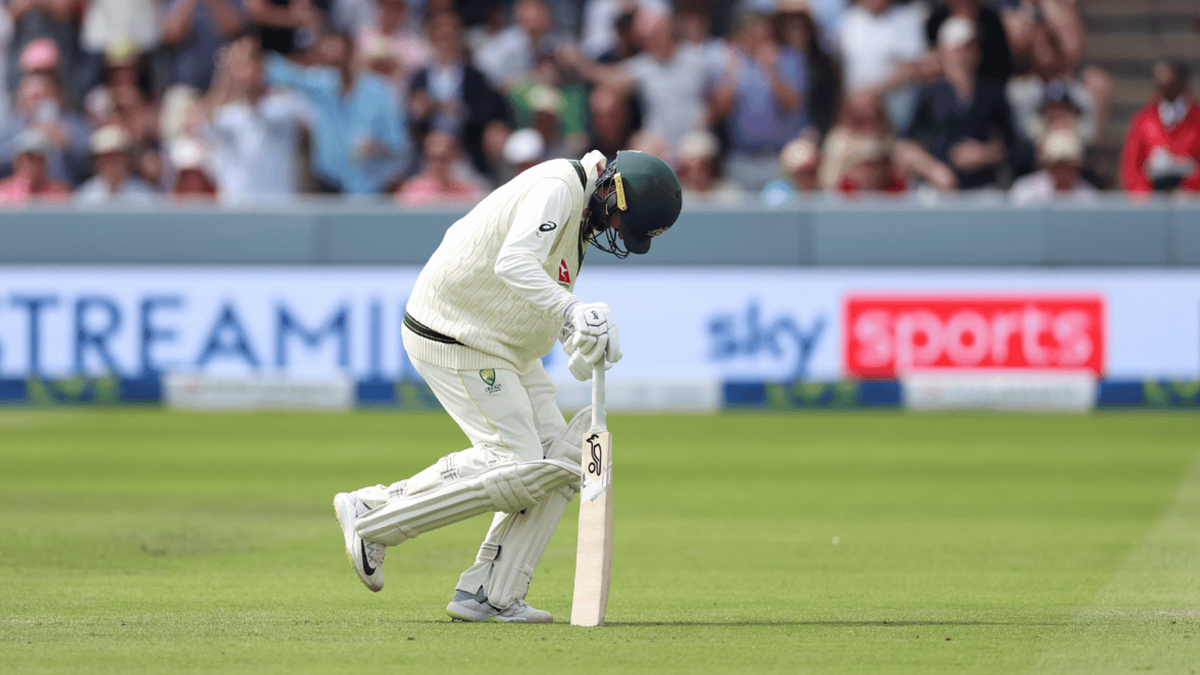
Nathan Lyon wasn’t allowed a runner at Lord’s in the second Ashes Test, despite a calf injury – here’s what the Laws of Cricket and ICC Playing Conditions say about such situations.
You can bet on the 2023 Ashes with our Match Centre partners, bet365.

Nathan Lyon performed a feat of heroism at Lord’s, coming out to bat at No.11 despite a significant calf injury that looks set to rule him out of the remainder of the series.
He received a standing ovation from the Lord’s crowd as he hobbled out to bat, and put on 15 for the last wicket with Mitchell Starc, including one boundary of his own. The short, eventful stand was marked by Australia hitting several shots to fielders in the deep, but unable to run singles, with Lyon’s injury hampering his movement.
Had he been allowed a runner, the situation would have been much different, and the Laws of Cricket allow substitutes to be used in this way. Law 25 deals with runners, and explains when they are allowed, which includes if a batter has sustained an injury during the game, as Lyon has. Runners are also still seen in top-level domestic cricket.
However, it’s not the laws, set by the MCC, that barred Lyon from having a helping hand, but the Playing Conditions for international cricket, set by the ICC. Since 2011, runners have been barred in all international cricket. Playing Condition 25.5 simply reads: “Runners shall not be permitted”.
The use of the runner has at times proved controversial, with debate over whether they should be allowed in cases when a batter is struggling with a less serious, arguably preventable ailment such as cramp. The rule has seen different iterations in the past, with opposition captains having to approve runners at times and the decision being solely down to the umpires at others.








